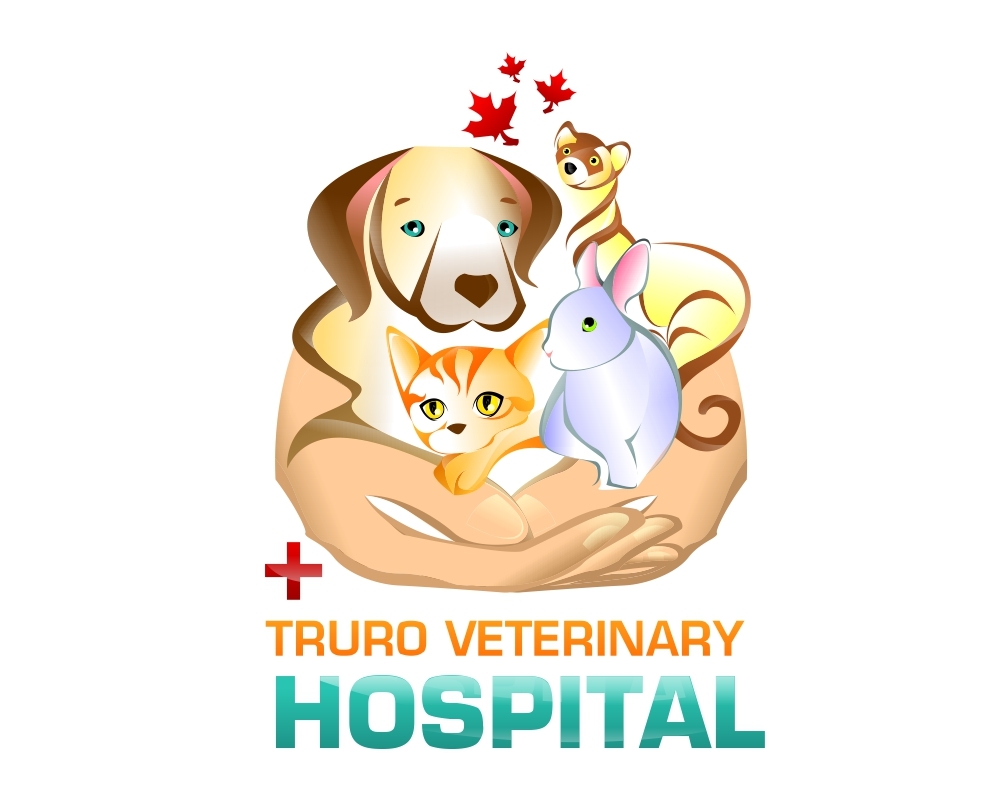Good To The Last…Pill?
Courtesy of: Dr. Gwen
“That last prescription you gave Tommy Boy worked wonders!” Mr. Jenkins said excitedly. I was happy to hear it but I wasn’t so happy to hear the rest. “He didn’t even have to take all the pills for it to get better, so now I have some left to keep on hand for the next time he gets into a fight.” Mr. Jenkins seemed very proud of this accomplishment. While I was pleased that Mr. Jenkins was happy with the outcome of his beloved Tommy Boy’s infected bite wound, I was also worried about the next time Tommy Boy gets into a cat fight. Maybe Mr. Jenkins and Tommy Boy won’t be so lucky next time.
When antibiotics are prescribed for a condition, the animal’s age, weight and overall health together with the condition being treated are carefully considered. For example, some antibiotics work better in dental disease while others work better on skin infections. Other health issues may affect the dose of the drug used since one patient may not be able to clear the drug from their system as efficiently as another individual. The personality of the patient is also a concern. If you have ever had the task of giving pills to a cat, you will know what I mean. Some patients will never take a pill in their food which means the care giver must find another way to outsmart their pets.
If the medication is not taken as directed then the antibiotic designed to treat the problem may never reach the levels it needs to kill all the bacteria. If some bacteria survive the improper dosing then they can continue to thrive in your pet and cause more disease and the antibiotic that was used will not work anymore.
Antibiotics have probably saved more lives than any other medical breakthrough of the 20th century. We have come to depend on antibiotic therapy to treat many day to day problems. After more than 75 years of using antibiotics, we are learning that there is a down side, a potentially very serious one… antibiotic resistance.
Antibiotic resistance is the term used when a population of bacteria becomes unaffected or poorly affected by an antibiotic that has been effective against them in the past. These bacteria may require antibiotic treatment at a higher dose, with more frequency, or for longer duration. In some cases, they require a different type of antibiotic medication entirely. Unfortunately, the number of different types of antibiotics available for use is limited, and some bacteria have become resistant to multiple types. These bacteria are frequently referred to as “superbugs”. We have likely all heard of Methicillin-resistant Staphylococcus aureus (MRSA). Human hospitals screen for this because the doctors know that if the highly resistant bacteria gets into an immune-compromised person, there may be no treatment.
Our pets have their own version of MRSA. It is called Methicillin-resistant Staphylococcus pseudointermedius (MRSP). These organisms have been found in wounds, on skin, in ears and in urinary tracts. It has been identified in dogs, cats, horses, birds and humans. Yes, that’s right, humans. Allowing these organisms to grow by not using antibiotics correctly can not only put your pet’s health at risk but also the health of your human family. Transmission has been documented between animals and people but the shocker is that once the MRSP is allowed to establish itself, it can spread through the environment with the aid of hair or shed skin cells, which make up the majority of house dust.
Antibiotics are dispensed less often these days because of the recognition of these resistances. We try to treat medical problems with alternate therapies to alleviate this serious health issue. A good example is bladder disease in cats. Thirty years ago, the common problem of bladder disease in cats was thought to be due to infections. Antibiotics were a cornerstone to their treatment. Much has been learned about bladder disease in the last 30 years. We now understand the problem better and have long recognized that infection is rarely a component of bladder disease in young to middle aged cats. Instead of antibiotics, we use diet and anti-inflammatories to treat the condition. Sometimes it is just a matter of increasing the water in the kitty’s diet to help them though this painful condition.
The key to successful antibiotic therapy is to complete the treatment and follow the instructions carefully. If you cannot get the pill in your cat, ‘Fang’ (or your dog, ‘Jaws’) without risking a bite and possible antibiotic therapy yourself, tell your vet. Veterinary hospital staff know many tricks to get the medication in your pet where it belongs. If the tricks don’t work then a different type of antibiotic may be needed.
The last consideration of antibiotic therapy is determining how long to treat the problem. Some infections only need treatment for a week, others need much longer because the bacteria are hard to kill or the ability of the antibiotic to get to the affected area is time dependent. Re-assessment of the condition is often required to ensure that the antibiotic is working and that it has been given long enough.
Careful use of antibiotics can be accomplished only by veterinarians and pet owners working closely together as a team. Following the instructions precisely at home is the best way for you to help prevent antibiotic resistant organisms from developing in your pets, and also in your family. If you have any questions about the proper use of antibiotics or any medication prescribed for your pet, please call us at 893-2341.

